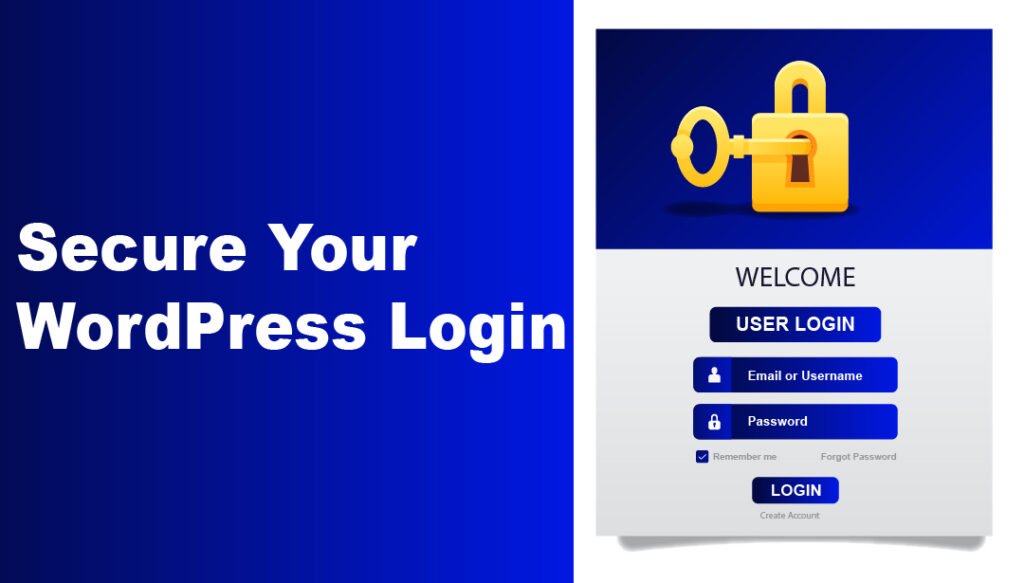
WordPress is a popular platform for websites. Many people use it to create blogs, e-commerce sites, and more. With its popularity, it is a target for hackers. Securing your WordPress login is very important.
Why Secure Your WordPress Login?
Securing your WordPress login keeps hackers out. It protects your data and keeps your site safe. Hackers look for weak spots to attack. If they get in, they can steal information or damage your site.
Tips and Best Practices
Let’s explore some tips and best practices to secure your WordPress login.
1. Use Strong Passwords
Always use strong passwords. A strong password has letters, numbers, and symbols. Avoid using simple words or easy-to-guess information.
2. Enable Two-factor Authentication (2fa)
Two-Factor Authentication adds an extra layer of security. With 2FA, you need to enter a code sent to your phone. This makes it hard for hackers to access your account.
3. Limit Login Attempts
Limiting login attempts can stop brute force attacks. Brute force attacks are when hackers try many passwords. By limiting attempts, you block them after a few tries.
4. Use A Security Plugin
Security plugins can help protect your WordPress site. Plugins like Wordfence and Sucuri offer many features. They can scan for malware, block attacks, and more.
5. Change The Default Login Url
The default login URL for WordPress is /wp-admin. Hackers know this URL. Changing it can make it harder for them to find your login page.
6. Keep WordPress Updated
Always update WordPress to the latest version. Updates fix security issues and bugs. This keeps your site safe from known vulnerabilities.
7. Use Https
HTTPS encrypts data between your site and users. This makes it harder for hackers to intercept information. Get an SSL certificate to enable HTTPS on your site.
8. Monitor Your Site
Regularly monitor your site for suspicious activity. Check for unusual logins or changes. Use tools like Google Analytics to track your site’s traffic.
9. Backup Your Site
Always have a backup of your site. If something goes wrong, you can restore your site. Use plugins like UpdraftPlus to automate backups.
10. Use A Secure Hosting Provider
Choose a hosting provider that offers strong security features. Good providers offer firewalls, malware scans, and more. This adds another layer of protection to your site.
Quick Recap
Here’s a quick recap of the tips and best practices:
- Use Strong Passwords
- Enable Two-Factor Authentication (2FA)
- Limit Login Attempts
- Use a Security Plugin
- Change the Default Login URL
- Keep WordPress Updated
- Use HTTPS
- Monitor Your Site
- Backup Your Site
- Use a Secure Hosting Provider
Frequently Asked Questions
How Do I Secure My WordPress Login?
Use strong passwords and two-factor authentication. Regularly update plugins and themes to reduce vulnerabilities.
What Plugins Enhance WordPress Login Security?
Install plugins like Wordfence, iThemes Security, and Login LockDown. These plugins add extra layers of protection.
Can I Limit Login Attempts In WordPress?
Yes, use plugins like Limit Login Attempts Reloaded to prevent brute-force attacks by limiting failed login attempts.
Conclusion
Securing your WordPress login is essential. Follow these tips and best practices to protect your site. Keep hackers out and your data safe. A secure site means peace of mind for you and your users.
Start implementing these steps today. Your site’s security is worth the effort. Stay safe and keep blogging!
